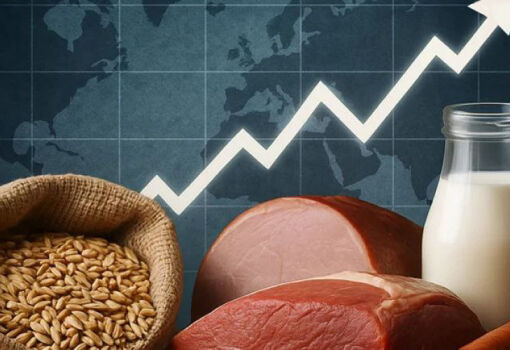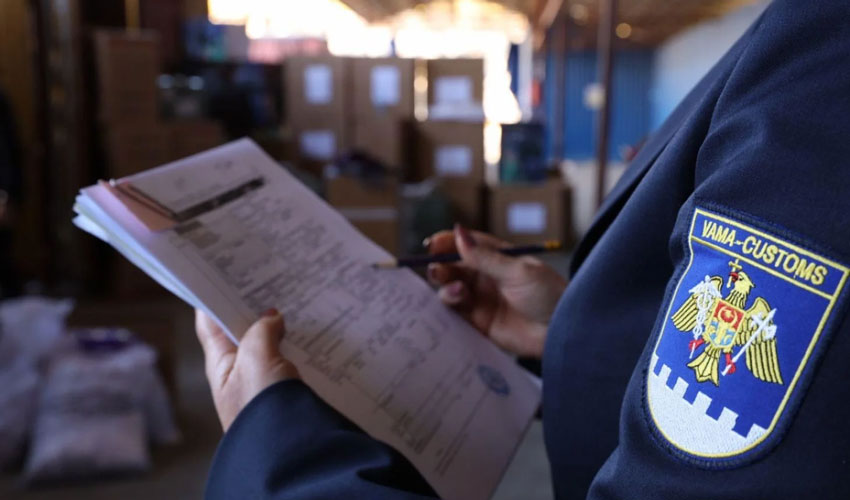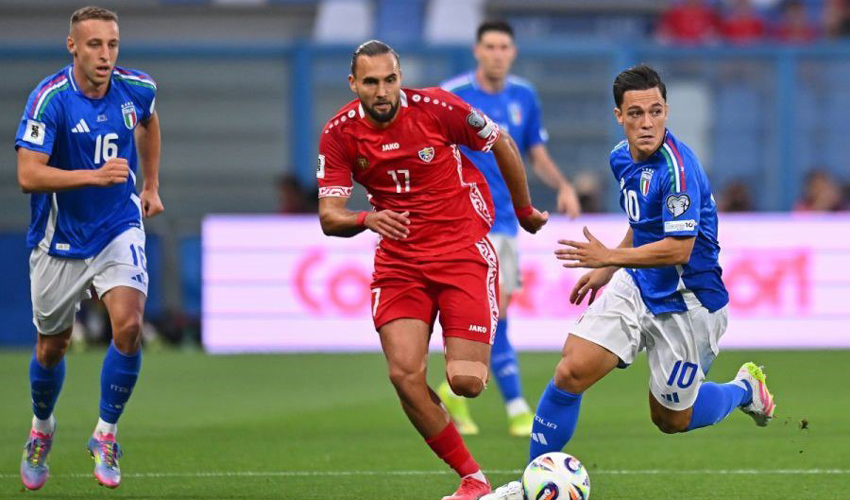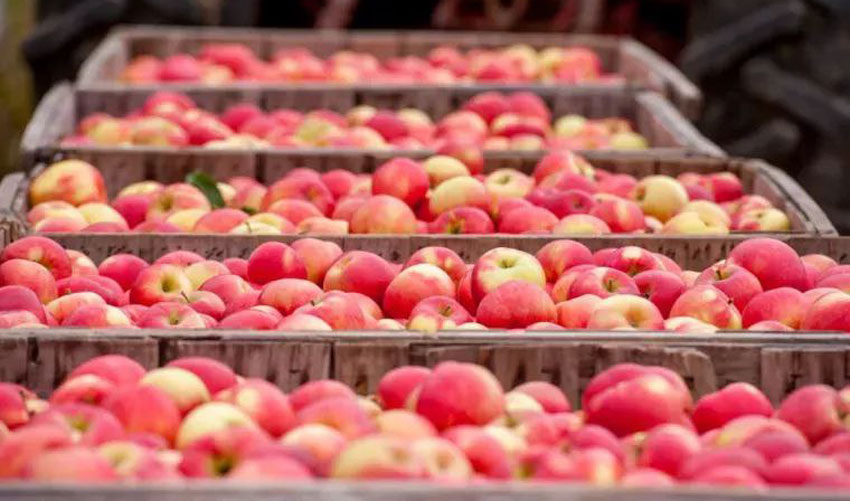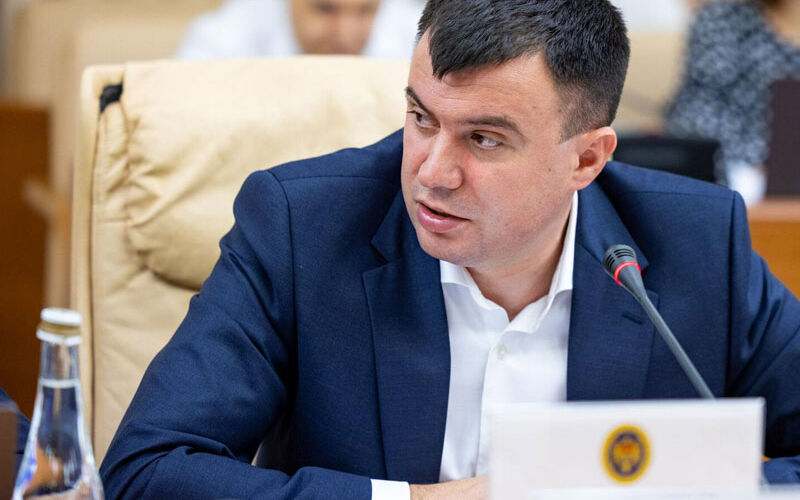
Vice President of NBM Petru Rotaru
However, judging by the assessment of current circumstances and new comments of the NBM, it is not yet necessary to speak about a steady decline in inflation with the subsequent beginning of the cycle of monetary policy easing.
The vice chairman of the NBM said that prices grew most rapidly at the end of last year – beginning of this year. The annual inflation rate in January 2025 amounted to 9.12%. According to him, “then the rate of price growth is likely to slow down”.
According to the forecast, the annual inflation rate will tend to increase in the first quarter of this year and will register a maximum value of 8.5%. And then will continuously decline until the third quarter of 2026 (4.3%). But at the end of the forecast period it will again slightly increase.
According to the National Bank, core inflation will remain stable. What can’t be said about the annual growth rate of food prices – in the first half of this year, they will tend to rise. But after that, they will continuously decrease until the end of 2026. The annual level of regulated prices will also increase significantly in the first quarter of 2025, the NBM said. But until the beginning of 2026, they will start decreasing and will reach a relatively stable trajectory. Fuel will continuously increase in price this year, after which prices will decline sharply from the beginning of 2026.
The NBM will still seek to maintain price stability and offset the negative effects of rising prices by virtue of its powers. The annual rate will be determined by recent tariff increases and expected adjustments from the first quarter of 2026 to the previous year’s tariffs, services, charges and low base. External risks of uncertainty remain high, and the recovery in aggregate demand, international trade, and the political angle could affect the next price increase projections.









